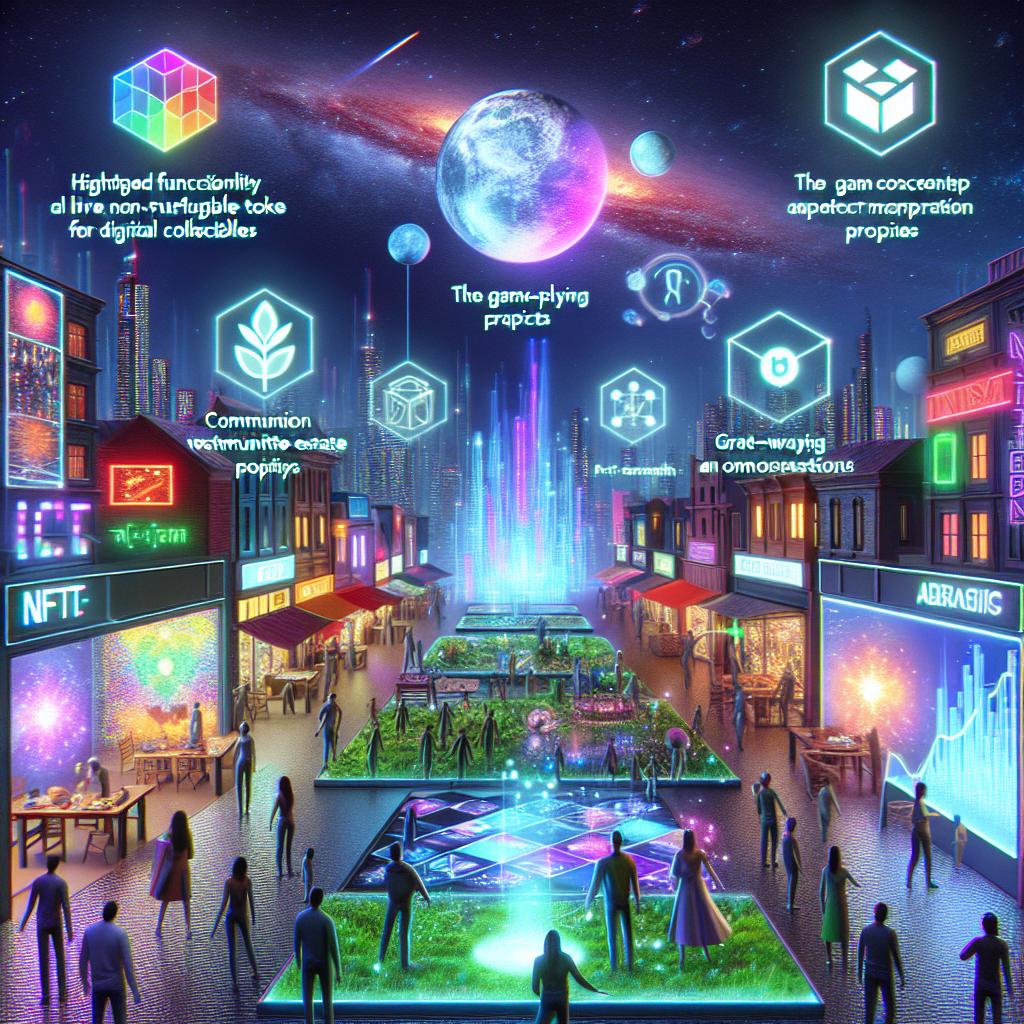NFT Market Analysis: 5 Trends That Could Shape the Future of Digital Collectibles

The world of Non-Fungible Tokens (NFTs) is constantly evolving, capturing the attention (and wallets) of digital collectors and crypto enthusiasts alike. With digital art and collectibles gaining mainstream traction, understanding the trends shaping this space can help both beginners and intermediate traders navigate the NFT landscape more effectively. Here are five key trends to watch that could define the future of digital collectibles.
1. Cross-Platform Interoperability
Imagine owning an NFT that you can use in multiple virtual worlds, games, or platforms. Cross-platform interoperability is gaining momentum, whereby NFTs can seamlessly move between different applications. This flexibility not only enhances the value of NFTs but also cultivates a sense of community among various platforms. As more game developers and creators embrace this trend, we can expect a more unified digital collectible ecosystem.
2. Increased Utility Beyond Ownership
Owning an NFT might soon mean more than just having a unique digital asset. Creators are increasingly integrating utility features such as access to exclusive events, physical merchandise, or special content with their NFTs. This shift from mere collectibles to multifunctional assets enhances perceived value and fosters deeper engagement between creators and their communities. For beginners, considering the utility of an NFT before buying could prove beneficial in the long run.
3. Fractional Ownership Models
Fractional ownership is taking NFTs to the next level. It allows multiple users to own a share of an expensive NFT, lowering the entry barrier for collectors who can't afford high-priced assets alone. This trend not only democratizes ownership but also introduces a new layer to investment strategies in the NFT space. Platforms that support fractionalization are gaining traction, making it easier for budding collectors to participate without having to break the bank.
4. Integration of Augmented Reality (AR)
As technology advances, the fusion of NFTs with Augmented Reality (AR) is becoming more pronounced. Imagine walking through your house and seeing your favorite digital artwork come to life through your smartphone or AR glasses. Creators are harnessing AR to add a new dimension to digital collectibles, making them more interactive and immersive. This phygital experience might become a hot commodity, appealing to both art enthusiasts and tech aficionados.
5. Regulatory Clarity on NFTs
As the NFT market matures, regulatory clarity is on the horizon. Governments and legal bodies are starting to outline frameworks addressing ownership, copyright, and taxes associated with NFTs. This development could foster stability and attract institutional investments into the sector, ultimately leading to more innovations and growth. Keeping abreast of these changes will be critical for anyone involved in trading NFTs—check out our full NFT market analysis for deeper insights.
As the NFT landscape continues to change, staying informed about these trends will help you make informed decisions, whether you're a novice exploring NFTs for the first time or an experienced trader looking to expand your digital portfolio. With an eye on these developments, you’ll be better equipped to navigate the exciting—and sometimes unpredictable—world of digital collectibles. Happy collecting!